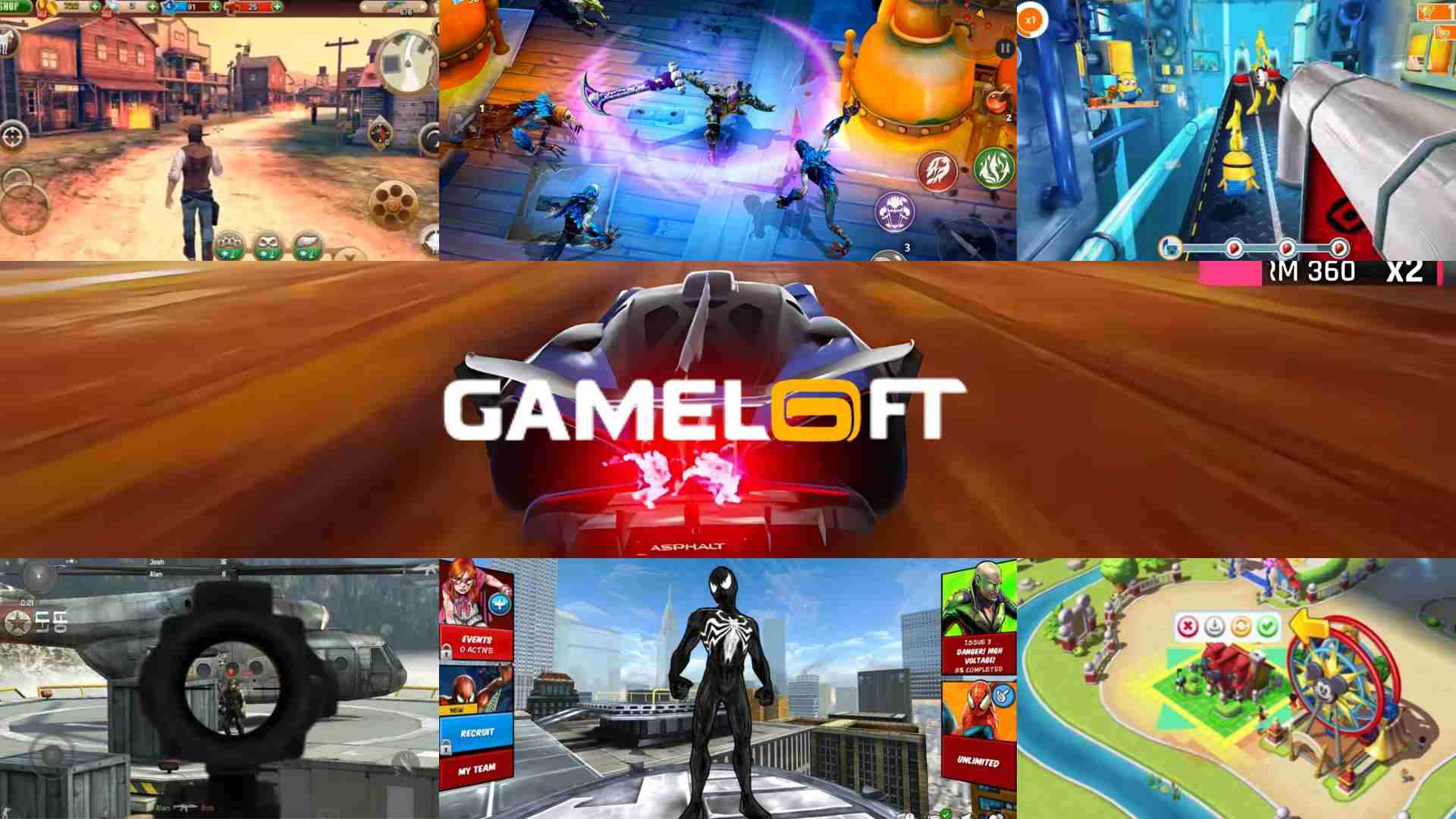Gameloft Games have shaped the way millions experience mobile gaming, and their impact can still be felt today across different platforms and genres. At Gamespublisher.com, we explore the stories behind legendary titles, and few developers have had a broader influence than Gameloft.
From high-speed racing games to sci-fi shooters and fantasy RPGs, Gameloft has done it all. Their library is not just huge it’s also packed with innovation, diversity, and long-lasting appeal. As a mobile-first game developer and video game publisher, Gameloft has reached markets across the globe, setting standards for gameplay, monetization, and branding.
In this article, we’ll dive deep into the Gameloft Games universe. We’ll explore how the company started, how its titles evolved, and which games stand out across major game genres like racing, RPGs, FPS, simulation, and more. Whether you’re a fan of arcade action, casual gaming, or licensed franchises, this guide will help you understand why Gameloft matters in the world of gaming and game development.
Gameloft Games Overview

What are Gameloft Games?
Gameloft Games are mobile and cross-platform video games developed and published by Gameloft, a major force in mobile entertainment. Founded in 1999, the company focused early on mobile titles and built a reputation for creating high-quality, engaging games on a wide range of devices.
Over the years, Gameloft has released hundreds of games, covering all major video game genres. Many of these have earned praise for their graphics, gameplay depth, and accessibility. Whether you’re playing a fast-paced racing game like Asphalt 9: Legends or a strategic builder like Disney Magic Kingdoms, you’re experiencing Gameloft’s signature style polished design with an eye for mass appeal.
Gameloft doesn’t just develop games. They also handle game publishing, which means they oversee how a game is launched, marketed, and monetized. This dual role as a game developer and video game publisher helps them maintain quality control while adapting to changing market demands.
Gameloft’s Global Reach and Influence
One reason Gameloft Games have remained relevant for over two decades is their global presence. The company operates in more than 20 countries, localizing their games into dozens of languages to reach diverse audiences.
Gameloft’s titles are designed to work across a wide range of devices from older feature phones to modern smartphones and tablets. This flexibility helped the company grow its user base in both developed and emerging markets. Platforms like Gameloft Club and Gameloft Shop provided easy access to games, even before app stores became popular.
Today, Gameloft competes with some of the biggest game publishers in the world, and it has earned respect for being one of the few companies that mastered the mobile market from the beginning.
Gameloft Games History and Evolution
Founding and Early Growth
Gameloft was founded in 1999 by Michel Guillemot, one of the original co-founders of Ubisoft. The idea was simple: build great mobile games for a market that was about to explode. Back then, phones could only handle very simple graphics and limited controls. Still, Gameloft managed to create compelling titles using Java and BREW platforms.
By the early 2000s, games like Asphalt: Urban GT and Real Football were already gaining fans. This early success gave Gameloft a strong foothold in the mobile gaming market long before smartphones became mainstream.
Gameloft was also known for producing a high number of titles. This strategy allowed them to test what worked across different game genres, quickly learning how to build better and more engaging games.
Transition to Smartphones
The launch of the iPhone in 2007 and Android soon after completely changed the mobile landscape. Gameloft was one of the first game developers to fully embrace this shift. They reworked many of their best titles for touchscreen play and began to push the limits of what mobile devices could handle.
Games like Modern Combat, Dungeon Hunter, and N.O.V.A. showcased console-like experiences on smartphones, attracting millions of downloads. The shift also brought in-app purchases and more advanced game publishing techniques, which helped Gameloft grow its revenue significantly.
Gameloft became one of the first major video game publishers to prove that mobile could be a serious platform not just a place for time-wasters.
Vivendi Acquisition
In 2016, French media giant Vivendi acquired a controlling stake in Gameloft. This move gave the company more resources and a larger global network. The acquisition helped Gameloft focus more on branded partnerships and stronger monetization strategies.
With Vivendi’s backing, Gameloft expanded its work with movie studios, toy companies, and global brands. This led to the creation of popular licensed titles like Minion Rush, Spider-Man Unlimited, and Disney Magic Kingdoms.
While some feared the acquisition would limit creativity, Gameloft continued to deliver high-quality games. It also used Vivendi’s support to enhance their game development infrastructure, support systems like Gameloft Support, and customer engagement.
Gameloft Games Genre Breakdown with Iconic Titles
Gameloft’s success lies in its ability to cover all major game genres. Let’s take a look at the standout titles from each category.
Racing Games

The Asphalt series is one of the most iconic Gameloft Games franchises. Known for its arcade-style driving, stunts, and intense graphics, Asphalt has defined mobile racing for nearly two decades.
| Game Title | Release Year | Key Features |
|---|---|---|
| Asphalt: Urban GT | 2004 | Java-based street racing with licensed cars |
| Asphalt 8: Airborne | 2013 | Gravity-defying stunts, multiplayer mode |
| Asphalt 9: Legends | 2018 | High-end graphics, online career system |
These games are not just visually appealing. They’re also optimized for competitive play, making them a favorite in mobile eSports scenes and among casual racers.
First-Person Shooter (FPS) Games
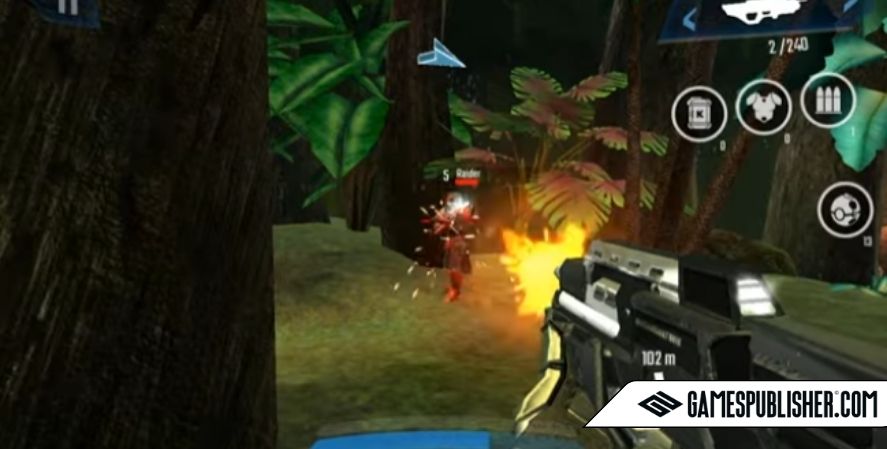
Gameloft brought first-person shooters to mobile before it was cool. Their Modern Combat and N.O.V.A. franchises are often compared to console hits like Call of Duty and Halo but built for phones.
| Game Title | Release Year | Key Features |
|---|---|---|
| Modern Combat 3 | 2011 | War campaign with multiplayer support |
| Modern Combat 5: Blackout | 2014 | eSports-friendly, five classes |
| N.O.V.A. Series | 2009–2016 | Sci-fi FPS, large missions, controller support |
These titles showcased Gameloft’s technical skills in creating detailed environments and fast-paced action, all running smoothly on mobile devices.
Role-Playing and Adventure Games
Gameloft also explored deeper gameplay mechanics through RPGs and adventure-based Gameloft Games. These were often set in fantasy or sci-fi worlds.
| Game Title | Release Year | Key Features |
|---|---|---|
| Dungeon Hunter | 2009 | Hack-and-slash action RPG |
| Dungeon Hunter 5 | 2015 | Dungeon crawling with real-time multiplayer |
| Six-Guns | 2011 | Open-world Western with story missions |
These games added layers of character customization, weapon upgrades, and cooperative gameplay that made them feel more like console RPGs.
Sports and Simulation Games
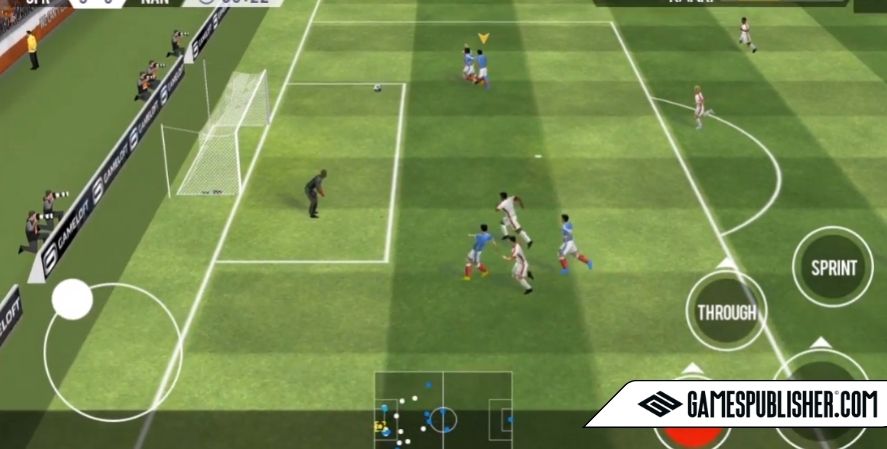
Gameloft didn’t limit itself to action and adventure. It also created a wide range of sports and simulation Gameloft Games that appealed to both younger players and sports fans. These titles offered experiences ranging from realistic football matches to life simulation.
| Game Title | Release Year | Key Features |
|---|---|---|
| Real Football Series | 2004–2012 | Annual soccer games with real-world teams |
| NFL 2010 | 2010 | American football with licensed teams |
| My Little Pet Shop | 2009 | Pet collecting, care, and customization |
While the Real Football series aimed to compete with FIFA Mobile, My Little Pet Shop was designed for a completely different audience. It focused on creativity, collection, and interaction, which helped expand Gameloft’s appeal among casual players and younger users.
These simulation-based titles proved that Gameloft understood the importance of variety in game publishing. They knew not every player wanted intense action — some just wanted fun, relaxing experiences.
Casual and Puzzle Games
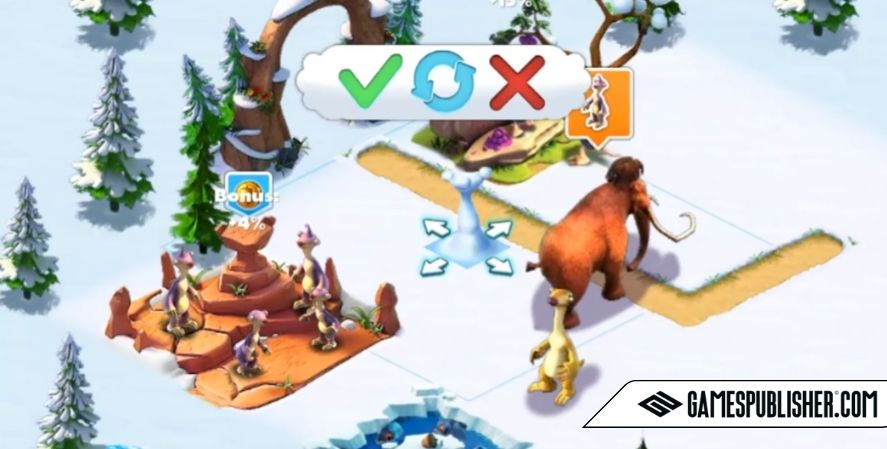
Another reason for Gameloft’s global popularity is its ability to make simple games highly addictive. Casual and puzzle titles are a big part of that success.
| Game Title | Release Year | Key Features |
|---|---|---|
| Bubble Bash | 2007 | Classic bubble shooter with arcade scoring |
| Brain Challenge | 2008 | Brain training with memory, logic, and math games |
| Ice Age Village | 2012 | Town-building game using Ice Age characters |
These Gameloft Games were easy to pick up but still offered depth. For example, Brain Challenge helped players improve their mental skills in a game format, while Ice Age Village used licensed characters to add emotional connection.
These titles were also easy to distribute through platforms like Gameloft Shop and Gameloft Club, long before app stores became the standard. They served as a gateway for millions of new users to discover the broader games of Gameloft.
Licensed and Branded Games
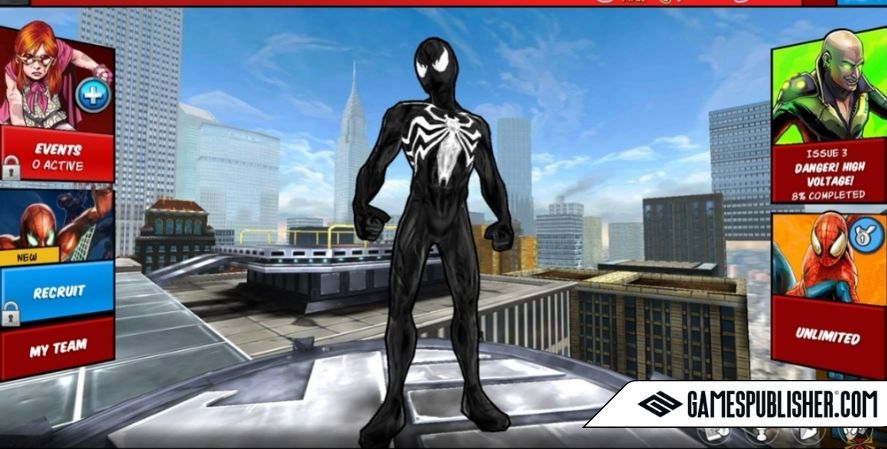
Gameloft has always been a leader when it comes to working with well-known brands. Through smart licensing agreements, the company was able to expand its player base by tapping into established fan communities.
| Game Title | Partner Brand | Key Features |
|---|---|---|
| Spider-Man Unlimited | Marvel | Endless runner with comic-style visuals |
| Minion Rush | Universal | Despicable Me tie-in with racing gameplay |
| Disney Magic Kingdoms | Disney | Theme park building with popular characters |
These branded Gameloft Games were more than just name recognition. They featured unique gameplay, high production value, and regular updates. Plus, the characters and themes helped Gameloft tap into cross-promotional strategies.
The success of Minion Rush, for example, showed that a well-executed licensed game could attract millions of active players. This helped Gameloft become one of the top video game publishers for licensed mobile games.
Gameloft Games in Today’s Market
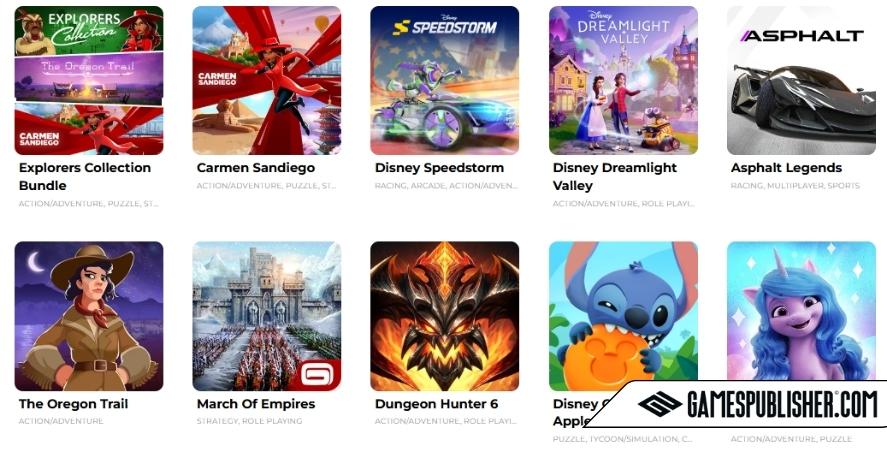
Free-to-Play and Monetization
Most modern Gameloft Games follow the free-to-play model. This means players can download and enjoy the game at no cost, but they have the option to spend money on in-game items, upgrades, or cosmetics.
Games like Asphalt 9 and Dungeon Hunter 5 make use of this system through in-app purchases and loot crates. It’s an effective strategy that has become standard in game development. However, it also requires careful balance. Gameloft needs to ensure the game is still fun without forcing players to pay.
The company uses data and player feedback, often through channels like Gameloft Support, to fine-tune this balance. They also run seasonal events, battle passes, and limited-time offers to keep players engaged over time.
Partnerships with Major Brands
Gameloft continues to work with top-tier brands across entertainment, sports, and toys. These collaborations not only enhance the games but also boost visibility across different markets.
For example, Disney Magic Kingdoms receives regular updates when new movies are released. This kind of synergy benefits both the IP owner and the game publisher.
Because of these partnerships, Gameloft is considered a reliable partner for licensed mobile experiences. This has helped them stay ahead of many newer game developers that lack similar connections.
Competitive Landscape
Despite its legacy, Gameloft now faces stiff competition. Companies like Tencent, Supercell, and Zynga dominate the top-grossing charts. These competitors have larger budgets, deeper analytics, and in some cases, access to bigger IPs.
Yet, Gameloft remains relevant by staying agile. They continue to explore new platforms, improve graphics, and localize content for emerging markets. Their experience as both game developers and Game Publishers gives them a strategic edge, especially in regions where mobile gaming is still growing.
The Future of Gameloft Games
Mobile Graphics Innovations
Gameloft has always tried to push the technical limits of mobile hardware. Games like Asphalt 9 feature realistic lighting, dynamic weather, and complex physics all running on mobile processors.
As new smartphones continue to improve, Gameloft is likely to lead the way in mobile graphics. This means future Gameloft Games could offer near-console experiences, complete with controller support and cloud saves.
Advanced tools in game development such as Unity and Unreal Engine will also help streamline this process. Gameloft already uses these tools to deliver immersive gameplay at scale.
Cross-Platform Opportunities
Another exciting development is the move toward cross-platform play. This means players on mobile, PC, and even consoles could play together in the same game.
Gameloft has already made some steps in this direction. For example, Asphalt 9 has a Windows version and partial cross-platform features. This makes the game more accessible and encourages players to stay within the ecosystem, no matter which device they prefer.
In the future, more Gameloft Games could launch with cloud save, shared progress, and unified servers, helping blur the lines between platforms even further.
Industry Challenges
Despite its strengths, Gameloft faces serious challenges. The mobile gaming space is crowded, and user acquisition is expensive. The cost to develop, maintain, and promote a top-tier game keeps rising.
Gameloft also needs to retain players in a world where attention spans are shrinking. To stay relevant, the company must continue to innovate and provide real value through updates, new features, and responsive support including reliable Gameloft Support systems.
Still, the company has shown it can adapt. Their diverse library and loyal user base give them a strong foundation, even in a rapidly changing industry.
Lessons for Developers and Publishers
Gameloft’s Marketing Blueprint
One major takeaway from Gameloft is the power of branding. They don’t just launch games they build long-term franchises. Through recognizable logos, consistent UI design, and strong community presence, they turn one-time players into lifelong fans.
Gameloft also uses video, social media, and influencer partnerships to boost visibility. They engage with players directly, often collecting feedback and adapting quickly. This kind of marketing strategy is something newer game developers can learn from.
By paying attention to branding early in the game development process, indie teams and small studios can create stronger emotional connections with their audience.
Learning from Gameloft’s Monetization
Gameloft’s approach to monetization is another important lesson. Their games are free-to-play, but they offer optional purchases that don’t always break game balance. This encourages spending without creating unfair pressure.
For indie developers and new video game publishers, this model offers a blueprint. Keep the game fun first. Then use monetization to enhance the experience not to gate progress. Also, provide support channels like Gameloft Support to help resolve issues quickly.
It’s a business model that respects players, builds loyalty, and generates income over time.
Conclusion
Gameloft’s journey from a small studio to a global video game publisher is nothing short of impressive. Their genre-spanning library shows not just variety, but depth and quality. Whether it’s a fast-paced race, a sci-fi shooter, or a licensed simulation, Gameloft Games offer something for everyone.
More than that, Gameloft helped shape mobile gaming itself. They were pioneers in touchscreen design, in-app monetization, and brand partnerships. They’ve also proven that mobile games can be both profitable and player-focused.
For anyone in game publishing or game development, studying Gameloft’s history is a smart move. It reveals how to build strong franchises, handle shifting markets, and stay relevant in a competitive world.
Gameloft may not always be in the spotlight, but its influence is everywhere. As long as mobile games remain part of everyday life, games of Gameloft will continue to be played, studied, and remembered.
Loading survey...

